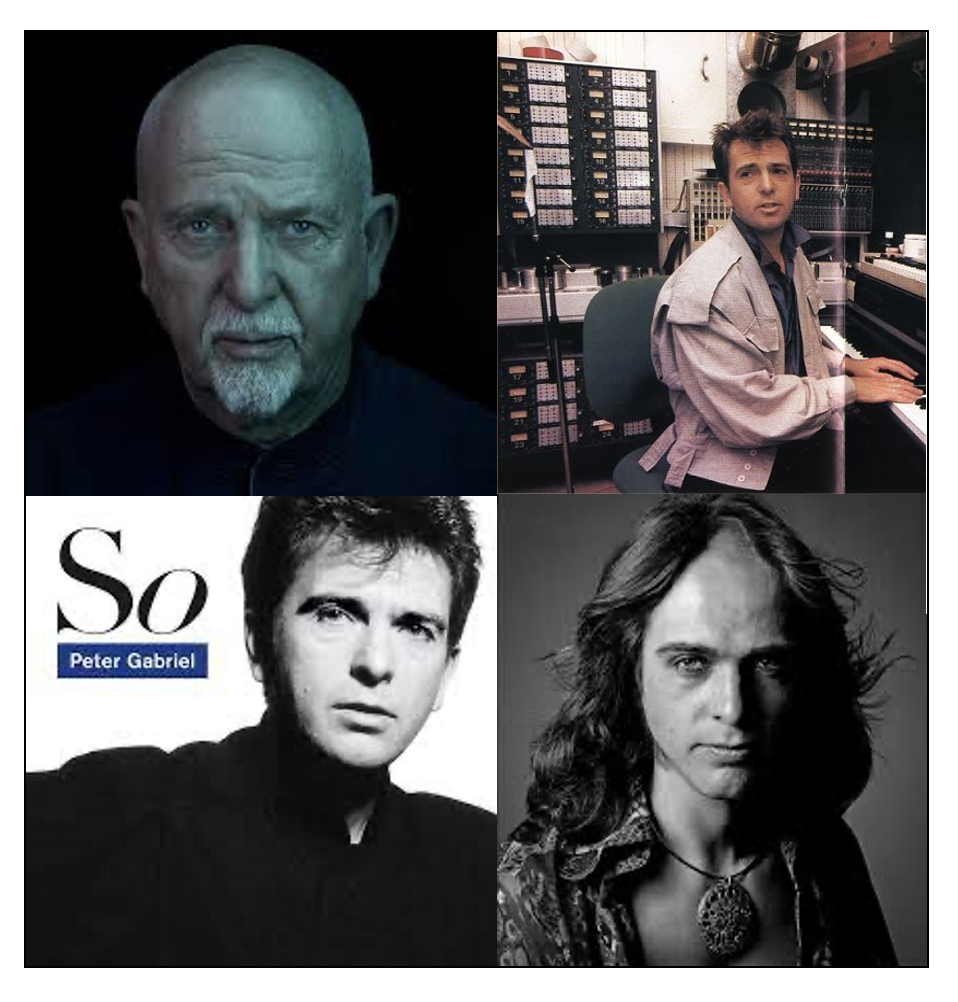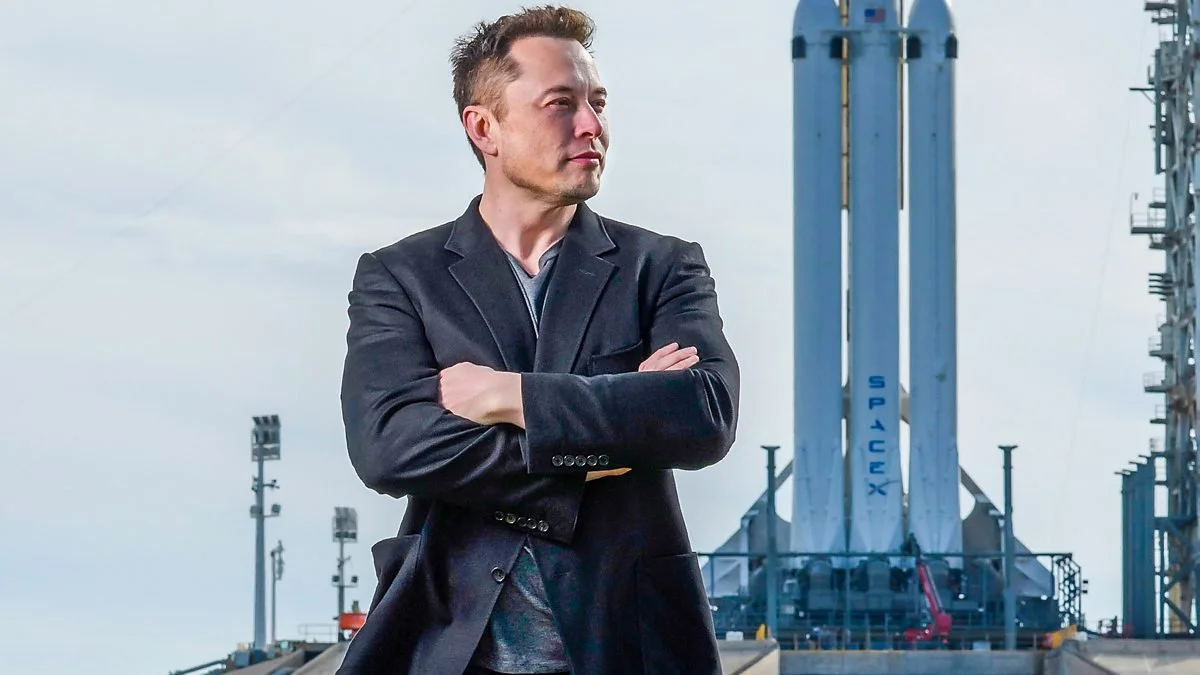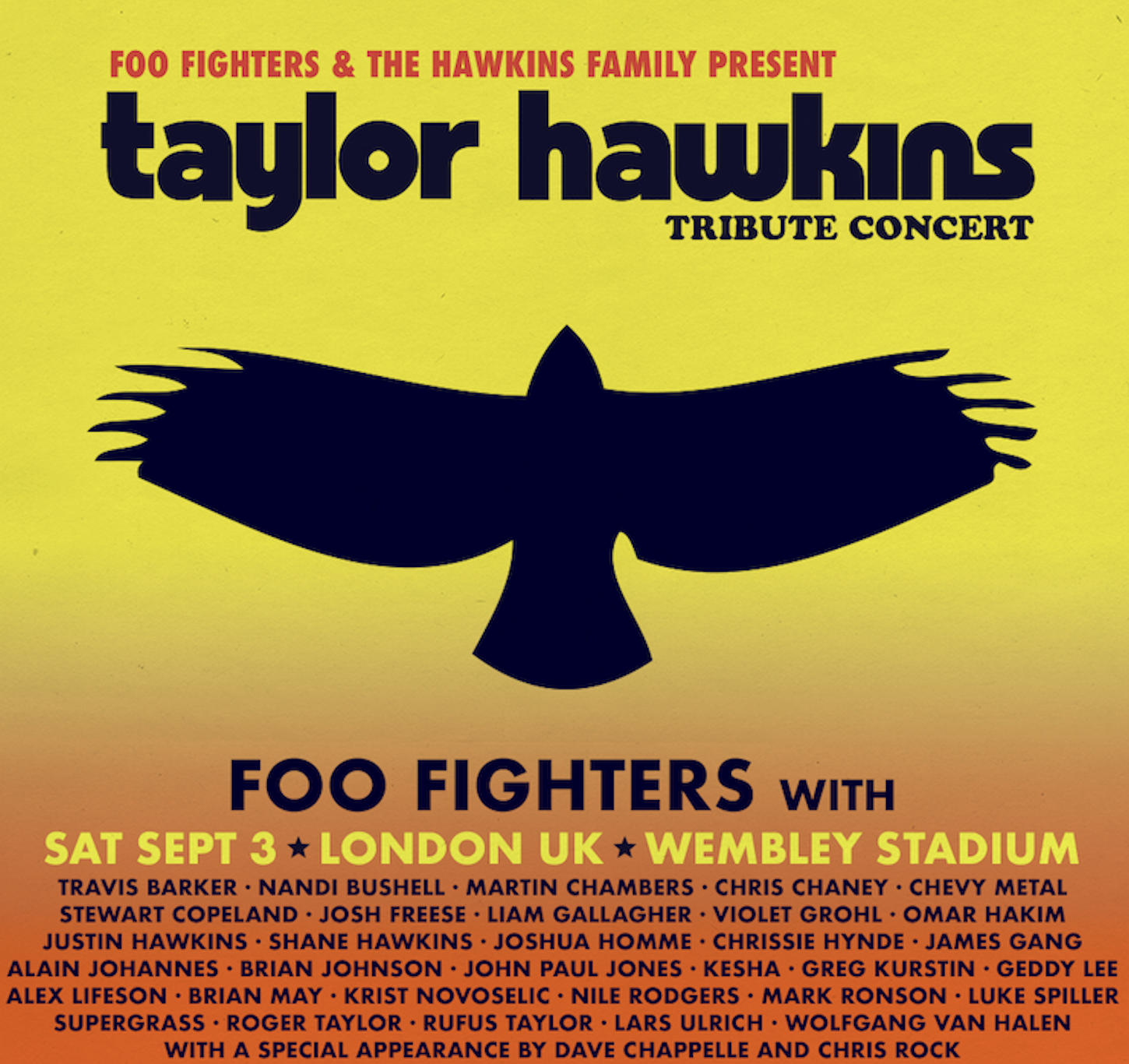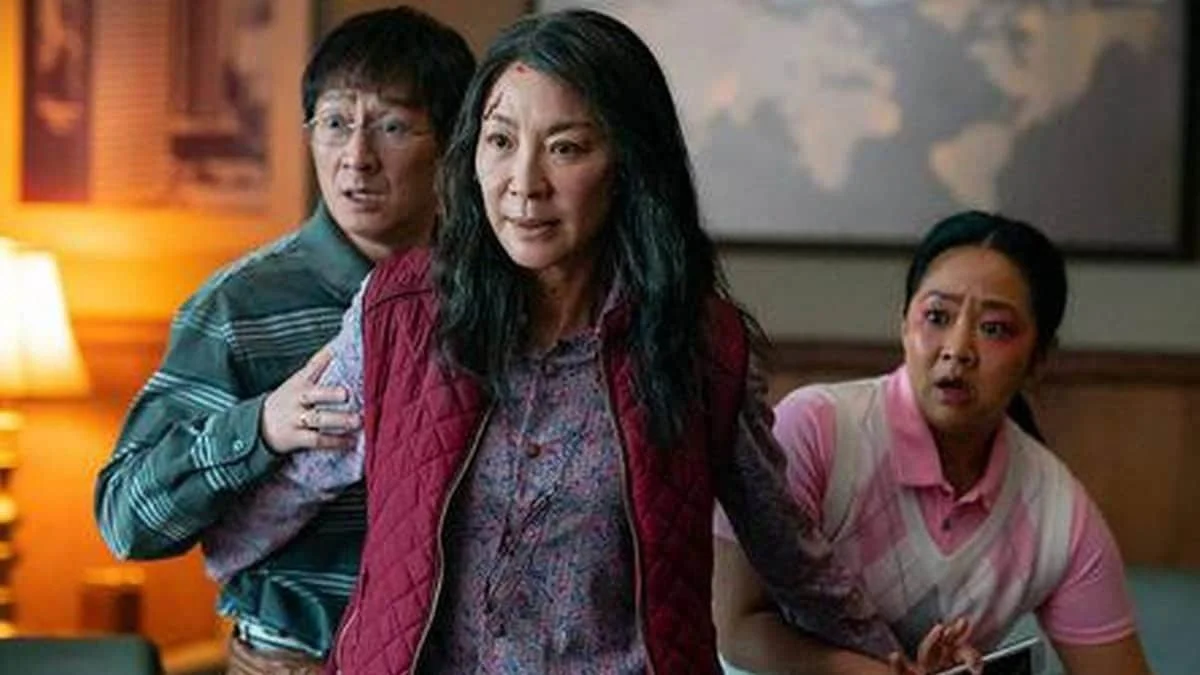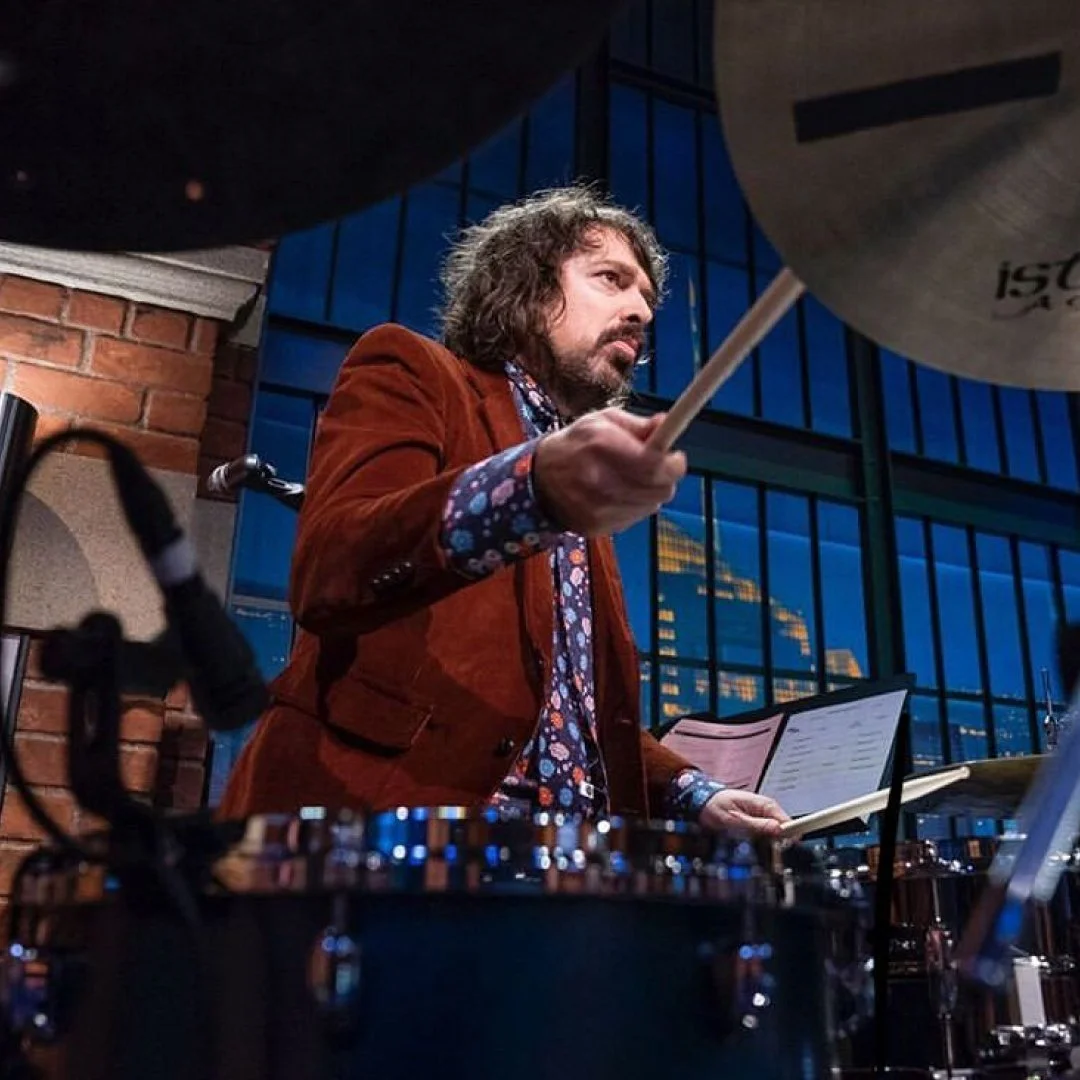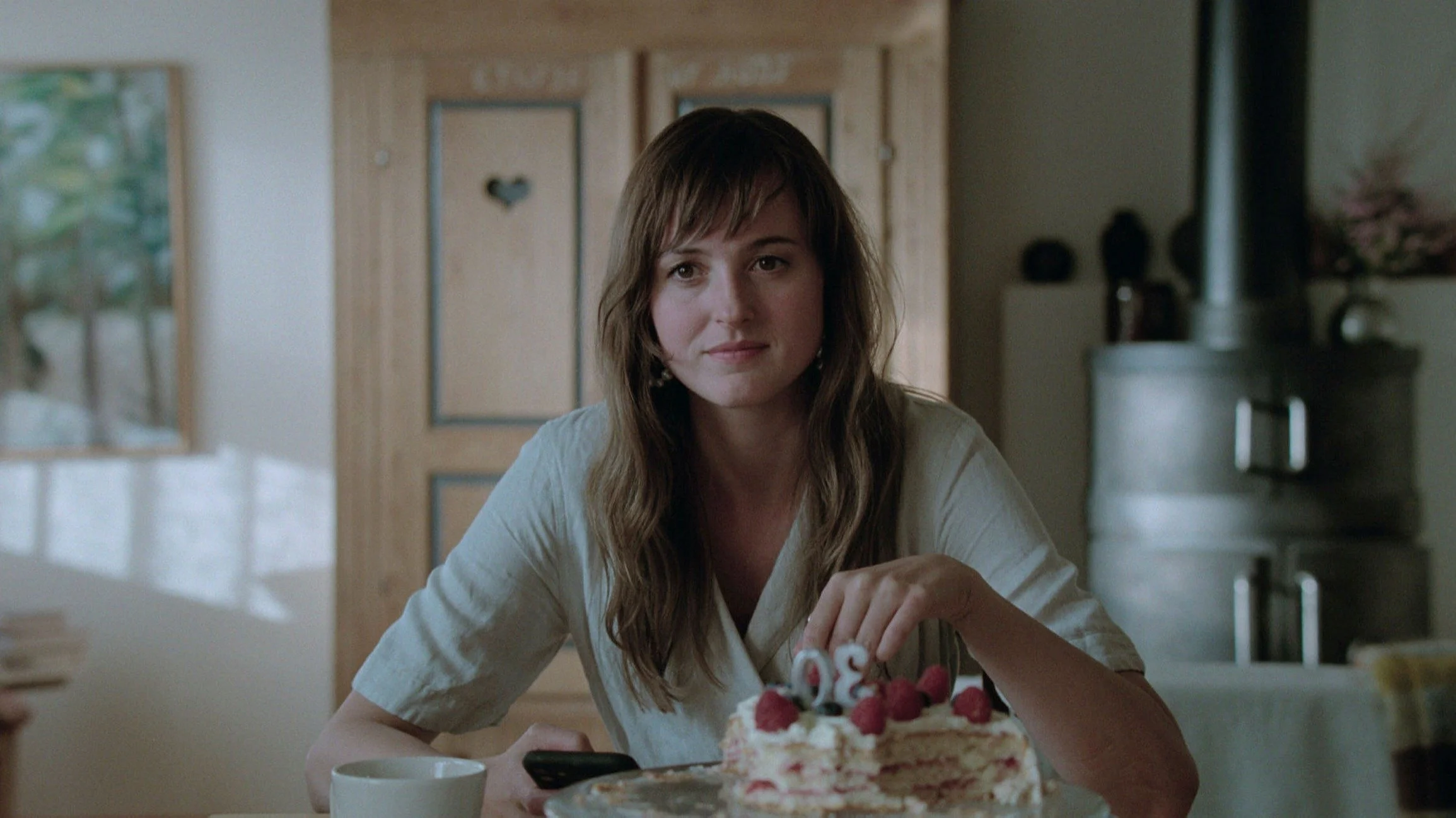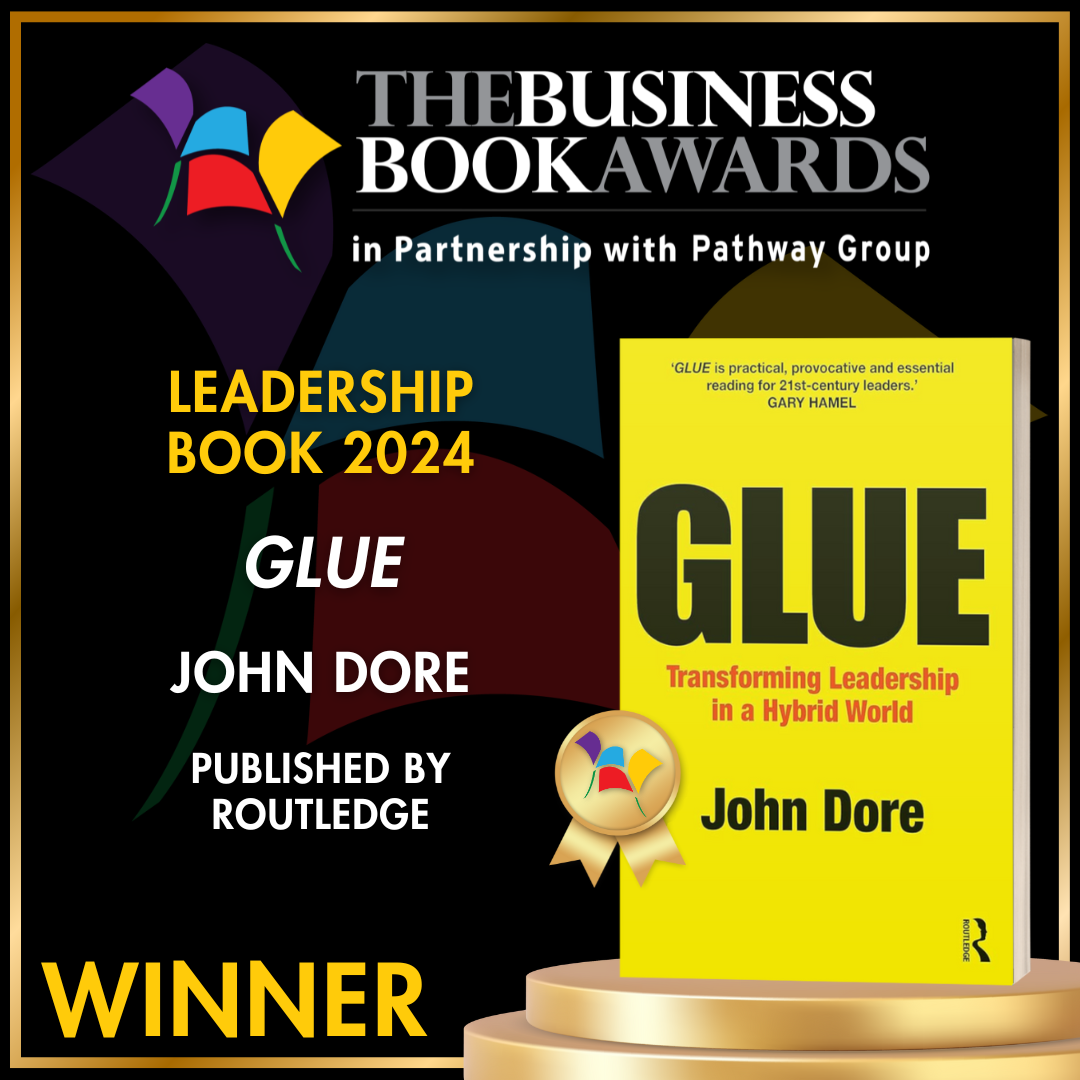My new book GLUE: Transforming Leadership in a Hybrid World is released in less than three months. The launch countdown has begun, but the frustration of waiting has also generated a number of thoughts, reflections and reactions to some of the ideas already locked-into the book. A recent trigger for this was Peter Hinssen, who mentioned a rather dense book called Hustle & Float by Rahaf Harfoush. Her argument is that we have become so obsessed with the “hustle” of work and the demands for greater productivity that we have forgotten how to “float” – negating our full potential and innate creativity. Her thesis reminded me of JP Morgan’s Jamie Dimon, who after the lifting of pandemic restrictions, took a dim view of homeworking: “It doesn’t work for those who want to hustle. It doesn’t work for spontaneous idea generation. It doesn’t work for culture.” There are many pressing issues in the world, but as I scan the newsfeeds, the topics and themes in GLUE seem more and more relevant every day. If you are not yet convinced, I have shared here something of my current obsession with the future of work, the strangeness of the hybrid world, and the acute need for GLUE.
#1. The future of work: hardcore and hustle, or purpose and meaning?
What does the future of work look like in an evolving hybrid and flexible world? Balancing the needs and expectations of the organisation, customers and employees is an increasingly complex puzzle. The challenge is how you deepen engagement, increase productivity, and retain talent in this new paradigm?
Organisations are rapidly adapting and evolving their models of work as they wrestle with a number of societal dynamics; the growth of the gig economy, an employee appetite for flexibility, the normalisation (post-COVID) of hybrid working, remote technologies, and differing generational attitudes to work, collaboration and the purpose of the office. This means greater complexity for leaders who are already wrestling with a perennial challenge, which pre-dates the pandemic disruption. How do you improve productivity, while also improving employee engagement? None of the indicators look good:
Productivity. Despite the enormous adoption of digital technologies, worker productivity has hardly improved the UK, Europe or the US this century. Even before the pandemic disruption, between 2010 and 2015, UK productivity growth flatlined at 0.2 percent a year.
Engagement. Despite flexible working, improved benefits provision, and many imaginative employee-relations initiatives, Gallop report that measures of employee-engagement continued to flat-line too.
Dis-engagement. According to the same organisation, it is even harder to develop engagement with ‘next generation’ employees, who are likely to change jobs as many as ten times between the ages of 18 and 34.
In the past three years, the response of different leaders and different organisations to these trends has been marked. Some leaders think autonomy and freedom is the best way to engage talent and engender ideas. Others believe productivity only increases when workers are in the office together. In June 2021, Deloitte made a bold move and told all its 20,000 UK employees, “you can work from home forever”. Many employees cried freedom from the commute! Others took a different view, notably the “hardcore” presenteeism mandated by Elon Musk, and J P Morgan’s Jamie Dimon, who said home-working “doesn’t work for those who want to hustle”. The tide seems to be following, with even Google last month threatening to clamp down on staff, warning office attendance will be included as part of their performance reviews.
Studies have shown that improved employee collaboration and alignment with a common purpose is key to improving productivity and engagement. But what is the best way to make that happen in the way we now wish to work and live our lives? Some suggest that the emergence of generative AI and new work tools improve productivity regardless of the workplace setting?
But perhaps a different approach is needed? The future of work should be less about an obsession with the "mechanics" of hybrid working - the where, the when and how of work. Instead, it should be about a new leadership model for the hybrid age, so organisations are more concerned with the who, the what and the why of work. A leadership approach that "coheres" employees to feel less remote from one another, around an organisational purpose that embraces disparate hearts and minds. Have you embraced a more meaningful future of work, or are your still wrestling with the mechanics of the past?
#2. An Englishman’s castle is now his garden cabin office
The saying goes “an Englishman’s home is his castle.” Well, since 2020 it has increasingly become his and her workplace of choice as well. We have pulled up the drawbridge, reinforced the moat, converted garden sheds into offices, and signed up to Starlink.
According to the Munich-based Ifo Institute, it seems now that Britons work from home more than any other European nation. In the UK, the average worker spends a day and a half at home each week, well above the one day average in Germany and more than double the 0.6 in France and 0.7 in Italy. It also puts the UK above the US, where the typical worker spends 1.4 days per week at home.
Among the 34 countries studied, only Canadians are more likely than Britons to work remotely. But apparently, we Brits still want more with the survey finding “2.3 days at home would be ideal”.
I am not sure that the dynamics that have made so many of us embrace working from home will change. It is time consuming, exhausting, and inefficient to commute into cities like London and Manchester.
But if employers want to reverse the trend - and many do - what are the “pull factors” they might use; the redesign of the workplace, the leadership value placed on in-person meeting, the provision of childcare, the investment in face-to-face development, and some attempt to off-set the costs of being there? They will have to, if we are to avoid being teased by the French for 'slacking off' at home! Surely not! Sacrebleu!
#3. Two dreary reports about “de-socialising” trends
With working patterns changing, I mis-understood that Thursday was the new Friday: a time for colleagues to clock-off early and have a drink together? Well apparently not. A recent survey of UK social habits says that post-work drinks have fallen out of favour, as six in ten Brits say they shun end-of-day pints with colleagues.
An organisation called Togather surveyed 2,000 workers and found that 35% say they avoid going to workplace socials "as they are boring and feel like a waste of their time". A report cited office worker Glen Davies, 34, of Watford, Herts, who said he 'hated' office get-togethers. "As soon as work is over I'm out of my chair like a rocket and on the bus home.'
Hugo Campbell, co-founder of Togather, said that employers should work harder to "provide meaningful experiences that genuinely demonstrate appreciation for their staff."
If this was not dispiriting enough, the next generation are following a similar path. Students in university towns are "not staying out as late as they used to", the boss of City Pub Group has said. Clive Watson, chief executive at the company, which runs more than 50 pubs across Britain, said students were coming home earlier from nights out. He said: “Students work a lot harder than they [did] at university in my day… they have a better work ethic..." Bless.
These emergent social trends begin slowly and then suddenly are endemic. Perhaps we have already heard "last orders" being called on the post-work pub social in the UK? Like Glen, we want to head to the 'burbs, and to get away from one another. We no longer cherish the noise, the cloy of sticky pub carpets, nor relish the therapy of banal post-work gossip. We prefer instead to scroll alone on the bus home. Progress perhaps?
#4. Triggered by a new report from Gartner (courtesy of UnWork)
A new report says "empowering employees to collaborate more intentionally" can make hybrid working more productive. I have read a lot of worthy/wordy stuff like this in the past 18 months and this report by Gartner - advocating the "democratisation" of multiple work modes, and allowing employees to "design their own week", all sounds fab and groovy, but it MISSES the most important point of all. Productive, innovative teams are well led, and too few firms, have equipped their leaders with the skills to create real cohesion amongst their disparate, disaggregated team members.
Great team-work is not about workplace "agility, intentionalism and equity", it is about having managers and leaders who can take others with them, irrespective of the work setting. People cohere around people, purpose and meaningful work. Organisations don't need more complicated HR policies and hybrid processes, they need leaders who create GLUE.
#5. A Disturbing Story From South Korea
The writer William Gibson once said that “the future is already here, it’s just not evenly distributed.” When we look elsewhere in the world, the future is often in plain sight, we just haven't recognised it yet. Sometimes I so wish that wasn’t true. In April this year, South Korea announced its decision to pay boys and young men a monthly allowance of (the equivalent of) US$490 in order to encourage them to leave their homes.
The Guardian reported that 350,000 between the ages of 19 and 39 in South Korea are considered lonely or isolated. CNN said Japan has a similar problem, with nearly 1.5 million reclusive lonely young people, who are known as ‘hikikomori’. Some citizens only leave their homes to buy groceries or for occasional activities, while others just never leave their bedrooms.
In the UK, Europe and the US we have seized the post-pandemic zeitgeist, crying freedom from the commute, logging-on to remote platforms, and filling our fridges with Amazon Fresh, Deliveroo, and Just Eat. Business, political and university leaders have championed hybrid work, remote learning and social media has turned digital content creators into heroes. In 2024, Apple wants us to put on its Vision Pro headset and work, explore and ‘entertain’ ourselves through a 24-hour feed of content and connectivity. Alone.
My head is still spinning with the South Korea story (a wealthy country where the birth rate is now less than 0.8 - the lowest in the world) because we still have time to decide if that is the mode of work and life we want to role-model for our kids. My fear is that in the next decade we are growing a culture that increasingly normalises and celebrates lives spent "scrolling alone.” That’s my profound fear - but what do you think?
[Some elements of this post were shared on Linked-in in July 2023].





